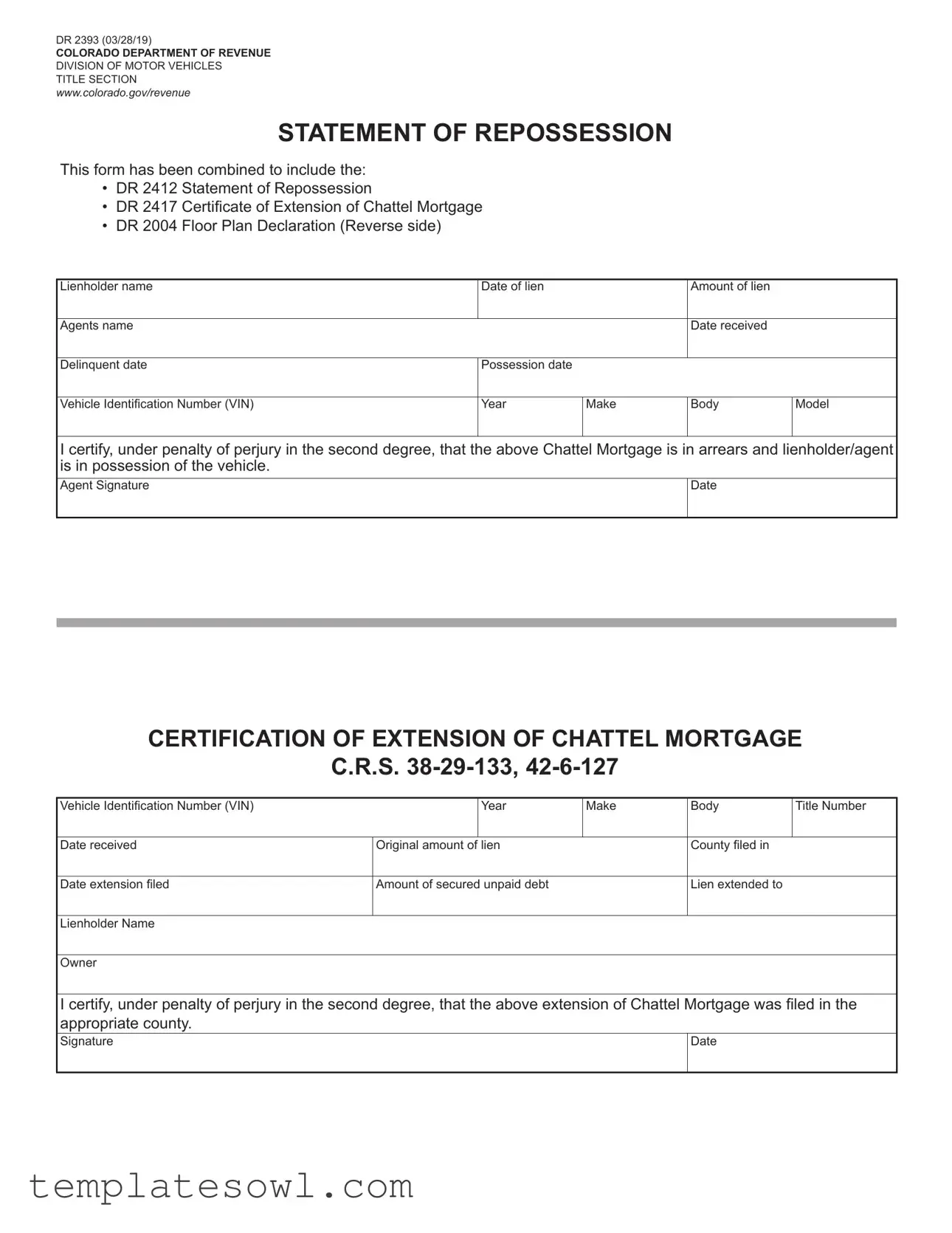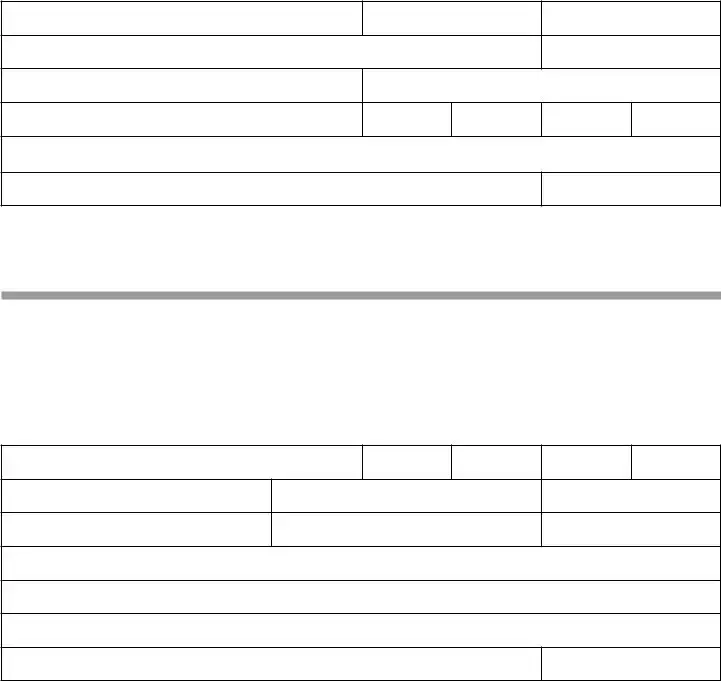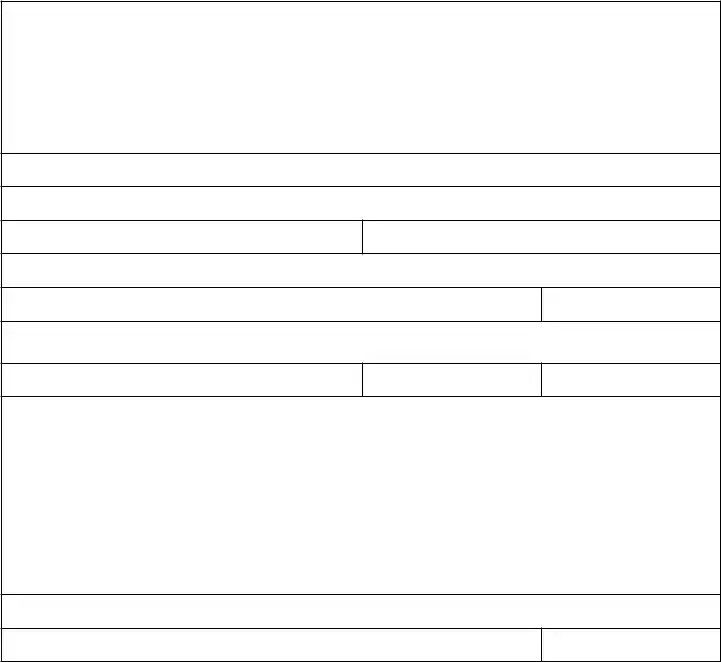Filling out the Statement of Repossession form can be straightforward, but many individuals make common mistakes that can lead to complications or delays. Understanding these pitfalls can save time and ensure that the process goes smoothly.
One frequent mistake is incorrect information entry. This can range from miswriting the Vehicle Identification Number (VIN) to entering the wrong date related to the lien or repossession. Each piece of information is crucial, and even small errors may require the form to be resubmitted, causing unnecessary delays.
Another common error is failing to include all necessary documents. Those submitting the form often overlook required attachments like the Manufacturer’s Statement of Origin or the properly assigned title. Without these documents, the State may reject the form entirely.
Many individuals also neglect to provide a valid signature. The lienholder or agent must sign the form, certifying that the information is true to the best of their knowledge. A missing or illegible signature can create issues in validating the form and may lead to further complications.
Furthermore, it is essential to read all sections carefully. Skimming through can lead to missed instructions or required fields. Omitting any critical section, such as the Certification of Extension of Chattel Mortgage, can hinder the processing of the form.
Another aspect that is easily overlooked is not keeping a copy of the submitted form. It’s crucial to have a personal record for future reference. This can be particularly useful if questions arise about the submission or if follow-up is necessary.
In addition, applicants sometimes fail to double-check the amount of the lien. Entering the incorrect amount can introduce discrepancies that complicate the entire process. This figure is often cross-referenced, so accuracy here is essential for approval.
Additionally, not understanding the implications of the certification statement can lead to severe consequences. The statement is serious and carries a penalty of perjury. Making false assertions, even unintentionally, could result in legal ramifications.
Some applicants also disregard the timeline for submission. Each state may have specific deadlines for filings related to repossessions. Missing these time frames can further complicate reclaiming ownership of the vehicle.
Lastly, individuals sometimes skip notifying the vehicle owner prior to filling out the form. Although a repossession may be justified, a lack of communication can lead to misunderstandings and disputes, which could affect future transactions.
By being aware of these mistakes and taking steps to avoid them, individuals can navigate the Statement of Repossession process more effectively and efficiently.



 the note and chattel mortgage is a valid and existing lien against the vehicles held under agreement
the note and chattel mortgage is a valid and existing lien against the vehicles held under agreement the following described motor vehicle is included in that agreement
the following described motor vehicle is included in that agreement the note and chattel mortgage described above is in default
the note and chattel mortgage described above is in default in accordance with the provisions of the chattel mortgage
in accordance with the provisions of the chattel mortgage the vehicle is now in his
the vehicle is now in his